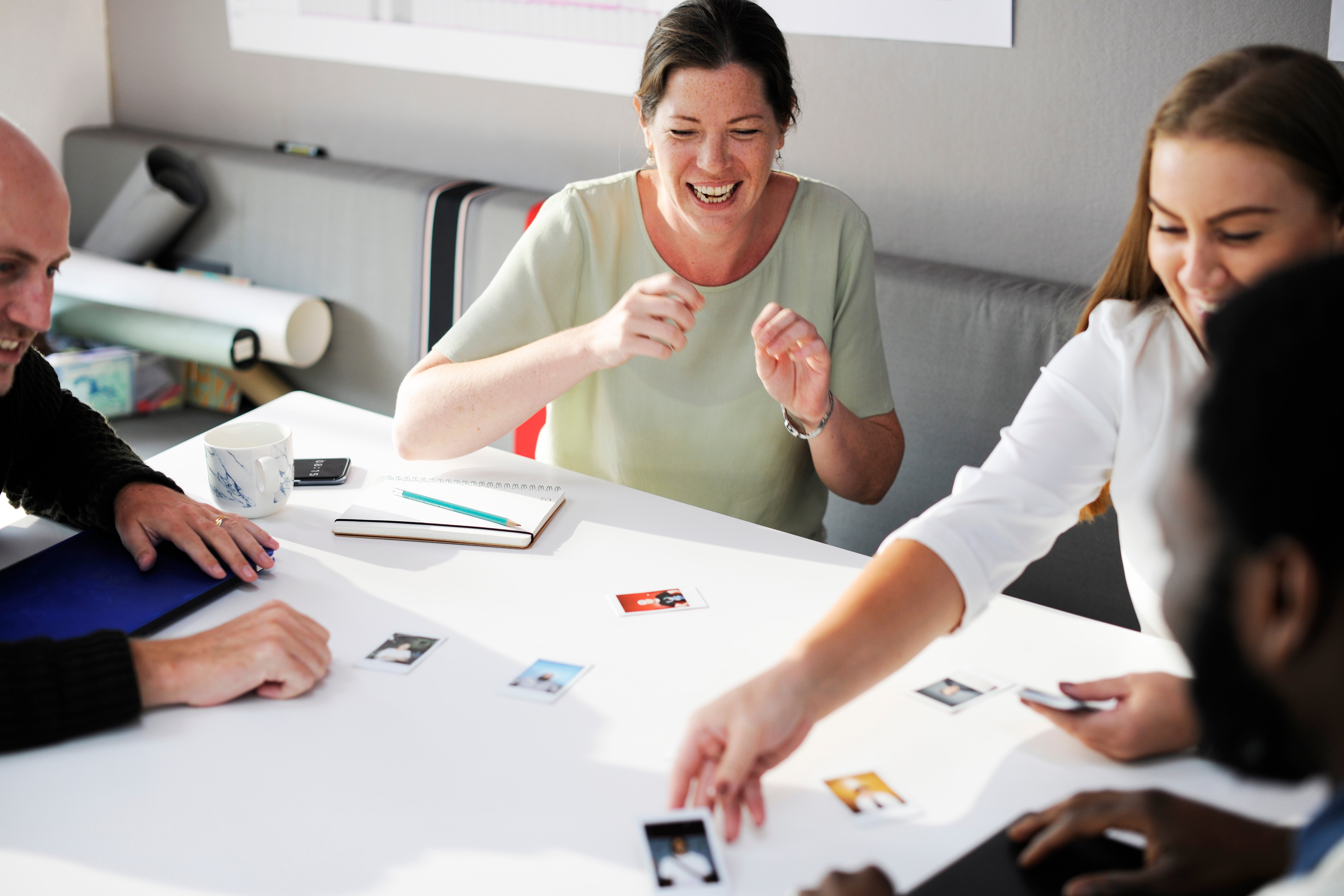
Plan for success.
Trade shows are one of the few places where you can meet many potential buyers personally, putting your solutions center stage and making a great first impression on potential customers.
You need to remember that successful trade shows and getting great ROI from your enormous investment depend not only on having the best exhibit space, attention-grabbing graphics, high-tech demos and free takeaways. It also depends on avoiding common mistakes often made by both new and veteran marketers. Even seasoned professionals could fall into trade-show traps.
Instead, here are our tips about how to be prepared.
Strengthen your messages: Make sure your content reinforces the messages you are trying to disseminate. You should also work with a design professional who has the experience to present your message visually through booth design, graphics, and product displays that communicate your value and vision. The key is to stand out on a crowded show floor.
Rely on PR support: Your experienced PR team will arrange coverage by the media in attendance. This includes a pre-show press release and a lot of outreach to schedule interviews, chase down those who don’t show up, whether remotely or on site, and post-show follow up. Give your PR team two months' notice before any show you plan to attend. You and your competitors are battling for the same journalists and analysts. Their schedules fill up very quickly, so set up those valuable face-to-face meetings with the key influencers who can have a critical impact.
Staff your booth with the right people: Make sure your team is prepared. Everyone attending should be briefed on the show goals, the key messages, and how the key products work. Practice until they are exceptional at listening to booth visitors, asking the right questions, or providing exact answers. If you’re not bringing a member of your PR team, they can prep you for handling the press and public.
Check trade show rules. You’re all giddy about your giveaways and the daily contest that’s supposed to bring in tons of visitors to your booth. However, many shows have rules about giveaways and contests, so, temper that excitement and check before you act. You’ll save yourself a lot of grief, not to mention a ton of expenses.
Be prepared for equipment malfunction. Glitches happen, even to the most prepared participant. What can you do when Murphy rears his head and tries to bring all your preparations to naught and damage your brand reputation? Always have spare equipment on hand, qualified technical staff to work the gadget or device, and the phone number of the appropriate exhibition manager should any emergency occur. Be prepared as well for unexpected booth damages like scratches, chips, and even power outages.
Leverage the impact of crowds. Picture these two booths - one is almost empty, the other is filled with people and attracting a long line of curious onlookers. The reason is simple: people gravitate toward crowds and naturally want to know what the buzz is all about, passing by empty booths where they think nothing is happening. If the show is local, have your employees show up as attendees themselves. That’ll serve the double purpose of filling up your exhibit space and having enough staff to interact with “real” visitors.
Maximize networking. Trade shows are the perfect opportunity to know what customers are thinking, what competitors have up their sleeves, what new products or services suppliers are offering. Once every few hours, leave booth details to your well-trained staff and work the show floor. Talk to visitors. Pop into your competitors’ booths. Just as event visitors benefit from the information your booth offers, you, too, can gain knowledge that you can implement in your company.
Monitor how tired and/or stressed you are. As the public face of your company, tired and cranky won’t make the impression you’re looking for. You may be trying to function in a different time zone, eating foods you don’t normally get to enjoy, and just plain worn out. You can censor your responses better if you take honest stock of your emotional state.
Trade show participation is a costly, but critical component of your overall marketing strategy and a powerful way to capture more market share. There’s plenty of things to do before, during, and after the show. Set some time aside with your team to think of what you may have missed. Don’t let trade-show traps undermine your investment.
